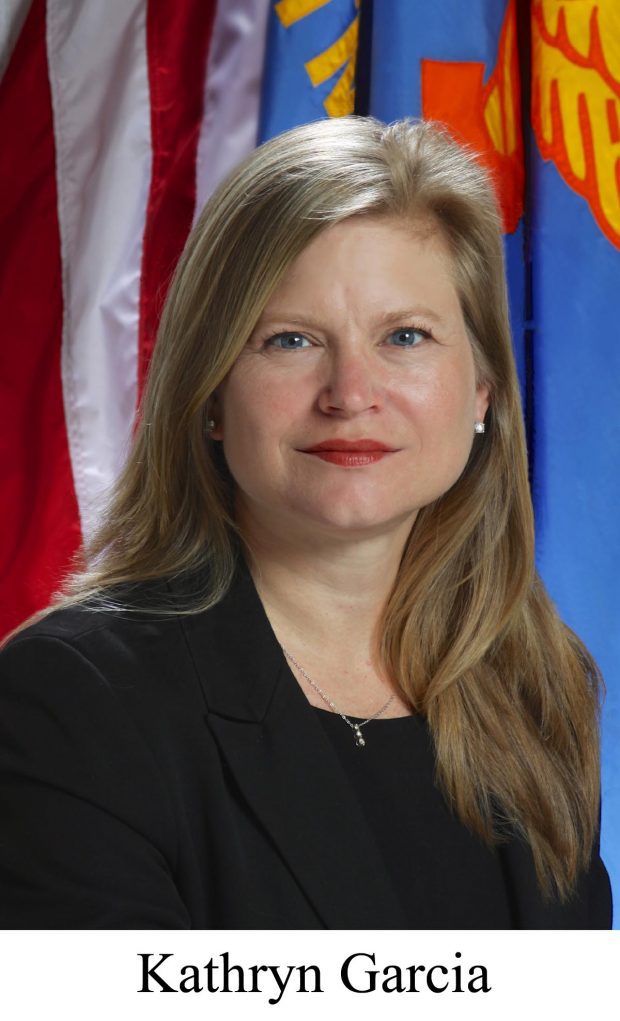Resource Recycling Magazine: NYC open to controversial waste diversion methods
NYC open to controversial waste diversion methodsBy Bobby Elliott, Resource Recycling September 9, 2015 The leader of New York City's recycling future says she "wouldn't rule out dirty MRFs" and will continue to rely on waste-to-energy to achieve waste reduction goals by 2030. As part of a presentation at SWANA's Wastecon 2015 in Orlando in late August, Kathryn Garcia, commissioner of New York's Department of Sanitation (DSNY), recapped the city's plans to roll out single-stream collection of recyclables and pay-as-you-throw for residents, revisit commercial recycling rules and push for organics collection. Pay-as-you-throw systems charge residents based on the level of trash they generate – the aim is to create a financial incentive for materials diversion. "Together these initiatives put New York City on the road to zero waste," Garcia said. The City announced a goal to reach zero waste by 2030 earlier this year. Its current diversion rate, Garcia noted during her Wastecon talk, is at just 16 percent and has been "relatively steady and stagnant" in recent years. But it was during a question-and-answer session afterward that the DSNY chief opened up on two heated industry topics: mixed-waste processing facilities (sometimes called "dirty MRFs") and New York's partnership with waste-to-energy company Covanta. Fielding a question on the viability of leveraging a mixed-waste approach to help reach zero waste, Garcia said New York leaders had reservations but wouldn't outright refuse the option. "I wouldn't rule out dirty MRFs, but there's a lot of loss in the value of recyclables," Garcia said. "I certainly haven't said [mixed-waste processing] would never happen." The City is also set on working with Covanta to produce energy from waste material and count it toward its diversion goals. Garcia, who was appointed to the DSNY leadership post in March 2014 by Mayor Bill de Blasio, said waste-to-energy would be "considered part of the metrics we will use to get to zero waste to landfill." In a response to a question following up on that statement, Garcia noted the City has "embraced energy from waste." "Covanta will be getting a significant amount of our waste stream," Garcia said. The City aims to boost its diversion rate by 20 percentage points by using a number of strategies beyond WTE. One step is a plan to convert New York City's current dual-stream system to single-stream collection of recyclables by 2020. In addition, schools and businesses will be asked to recycle. Finally, residents will be asked to "overcome the ick factor" and compost, Garcia said. New Yorkers will also face increased disposal costs under a planned pay-as-you-throw program, or "save-as-you-throw, as I like to call it," Garcia said. She did not provide details on when that would be introduced. |
 |
|
To return to the Resource Recycling newsletter, click here. |
Source: Resource Recycling
Resource Recycling Magazine: NYC open to controversial waste diversion methods
NYC open to controversial waste diversion methods By Bobby Elliott, Resource Recycling September 9, 2015 The leader of New York City's recycling future says she "wouldn't rule out dirty MRFs" and will continue to rely on waste-to-energy to achieve waste reduction goals by 2030. As part of a presentation at SWANA's Wastecon 2015 in Orlando in late August, Kathryn Garcia, commissioner of New York's Department of Sanitation (DSNY), recapped the city's plans to roll out single-stream collection of recyclables and pay-as-you-throw for residents, revisit commercial recycling rules and push for organics collection. Pay-as-you-throw systems charge residents based on the level of trash they generate – the aim is to create a financial incentive for materials diversion. "Together these initiatives put New York City on the road to zero waste," Garcia said. The City announced a goal to reach zero waste by 2030 earlier this year. Its current diversion rate, Garcia noted during her Wastecon talk, is at just 16 percent and has been "relatively steady and stagnant" in recent years. But it was during a question-and-answer session afterward that the DSNY chief opened up on two heated industry topics: mixed-waste processing facilities (sometimes called "dirty MRFs") and New York's partnership…


